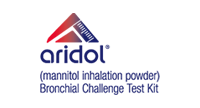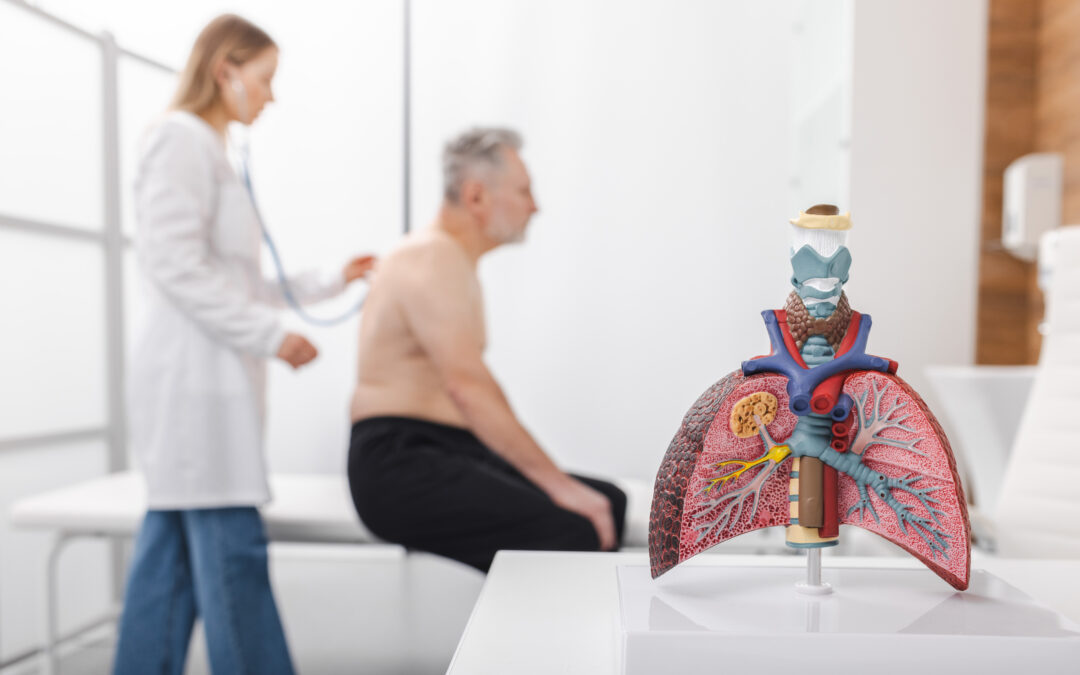Blog

Provocholine®

Aridol®
Partnerships
Training
Clinical Research Consultation
CRCE Courses
Blogs / Podcast
Guidelines / Publications
Speaking Engagements
Welcome to Our Blog
Methapharm Respiratory is proud to work with healthcare practitioners to support the right diagnosis for patients exhibiting common respiratory symptoms such as cough, wheeze, and shortness of breath. We are a trusted partner for bronchoprovocation testing, supplying Provocholine and Aridol. We also offer training and education (CRCE) at no cost.
This blog is intended to be an additional resource to the education Methapharm currently offers through the American Association for Respiratory Care (AARC) and the Canadian Society of Respiratory Therapists (CSRT) approved CRCEs. While this blog will not provide education credits, it will explore current issues and interesting topics relevant to readers’ day-to-day work and personal lives. We hope that you will investigate further any of the topics we cover here. Please join us monthly as we share respiratory-related topics and beyond.

The Power of Objective Testing in Asthma Diagnosis: A Case Study
This real-world case study reveals why objective testing is essential for every patient—and how it can prevent misdiagnosis and unnecessary treatment. Why Objective Testing Matters Objective testing is a cornerstone of both asthma diagnosis and management. Yet, it...
Recent Posts

The Power of Objective Testing in Asthma Diagnosis: A Case Study
This real-world case study reveals why objective testing is essential for every patient—and how it can prevent misdiagnosis and unnecessary treatment. Why Objective Testing Matters Objective testing is a cornerstone of both asthma diagnosis and management. Yet, it...

Gratitude and Physical Health
November is a time of acknowledging the people, events, and gifts for which we are thankful. Gratitude is more than simply giving thanks. The power of gratitude affects our lives in many ways. It has been demonstrated that feeling and expressing gratitude increases...

The Importance of Lung Health and How to Protect It
When it comes to health, most people immediately think about their heart, weight, or immune system. While those are crucial, there is another part of your body that quietly works around the clock to keep you alive and well: your lungs. Every time you inhale, they...
